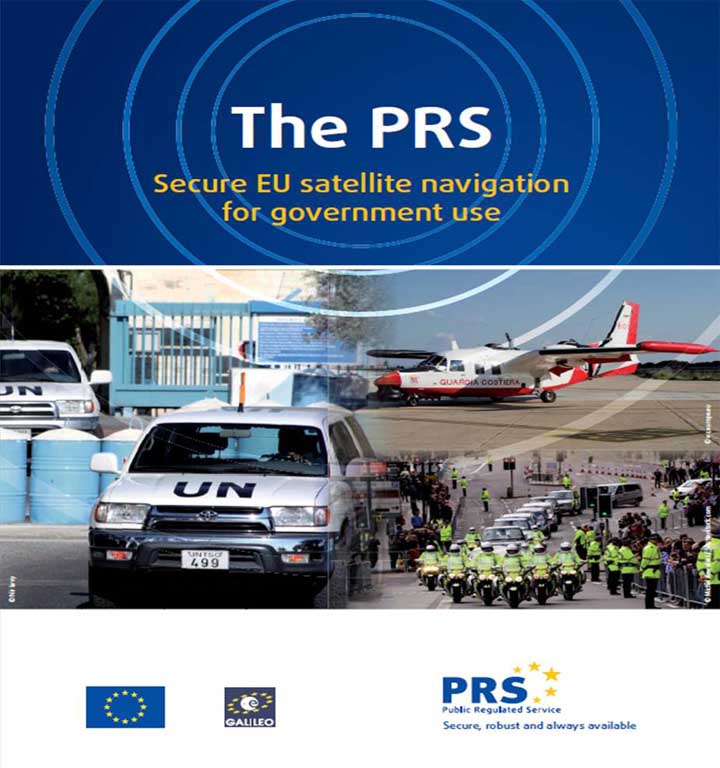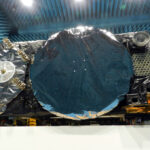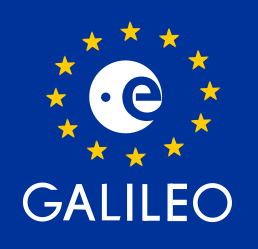GLOSSARY
GLOSSARY
A-GNSS Assisted GNSS
AltBOC Alternative BOC
BCS Binary Coded Symbols
BOC Binary Offset Carrer
BOCcos Cosine phased BOC modulation
BOCsin Sine phased BOC modulation
BPSK Binary Phase Shift Keying
C/A Coarse/Acquisition
CBCS Composite Binary Coded Symbols
GNSS Global Navigation Satellite System
GPS Global Positioning System
OS Open Service
PR Pseudorange
PRS Public Regulated Service
SBAS Satellite Base Augmentation System
TEC Total Electron Content
UERE User Equivalent Range Error
DOP Dilution of Precision
HDOP Horizontal Dilution of Precision
VDOP Vertical Dilution of Precision
PDOP Positioning Dilution off Precision
ADDITIONAL RESOURCES
[1] Avila-Rodriguez, J.A. et al. (2004), “Combined Galileo/GPS Frequency and Signal Performance Analysis”, Proceedings of ION 2004 – 21-24 September 2004, Long Beach, California, USA
[2] Avila-Rodriguez, J.A. et al. (2005), “Revised Combined Galileo/GPS Frequency and Signal Performance Analsis”, Proceedings of ION 2005 – 13-16 September 2005, Long Beach, California, USA
[3] Hein, G.W. et al. (2002), “Status of Galileo Frequency and Signal Design”, Proceedings of ION 2002 – 24-27 September 2002, Portland, Oregon, USA
[4] Van Nee (1993): Spread-Spectrum Code and Carrier Synchronization Errors Caused by Multipath and Interference, IEEE Transactions on Aerospace and Electronic Systems, Vol. 29, No. 4, October 1993.
[5] K. Mc Donald and C.Hegarty (2000): “Post-Modernization GPS Performance Capabilities,” Proceedings of ION 56th Annual Meeting, 26-28 June 2000, San Diego, California, USA (Institute of Navigation, Alexandria, Virginia), pp. 242-249
[6] Furthner J. et al (2003). “Time Dissemination and Common View Time Transfer with Galileo: How Accurate Will It Be ?” 35th Annual Precise Time and Time Interval (PTTI) Meeting, 2-4 December 2003, San Diego, California, USA
[7] Blomenhofer H (1996), “Untersuchungen zu hochpräzisen kinematischen DGPS -Echtzeitverfahren mit besonderer Berücksichtigung atmosphärischer Fehler-einflüsse.“ Dissertation. Heft 51 Schriftenreihe ISSN 0173-1009. Geodesy and Geoinformation-University FAF Munich
[8] Feess, W.A. and S.G. Stephens (1987): “Evaluation of GPS Ionospheric Model, IEEE Transactions on Aerospace and Electronic Systems,” Vol. AES-23, No. 3, pp. 332-338
[9] Pósfay A. et al. (2003) “Tropospheric Delay Modelling for the European Space Agency´s Galileo Testbed: Methods of Improvement and First Results”, Proceedings of NTM 2003 – National Technical Meeting, 22-24 January 2003, Anaheim, CA, USA
[10] Guenter W. Hein, Jose-Angel Avila-Rodriguez, Lionel Ries, Laurent Lestarquit, Jean-Luc Issler, Jeremie Godet, Tony Pratt, Members of the Galileo Signal Task Force of the European Commission (2005), “A Candidate for the Galileo L1 OS Optimized Signal,“ Proceedings of ION 2005 – 13-16 September 2005, Long Beach, California, USA





